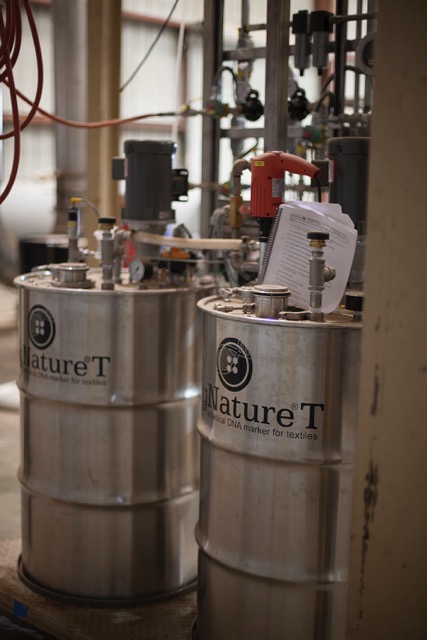According to LaRhea Pepper, managing director of the Textile Exchange, a global non-profit that promotes sustainability throughout the supply chain, she is not aware of any unauthorized blending in the cotton industry, though she notes “improvements in length and quality” of lower grade upland cotton have made it a viable substitute for high-quality Egyptian and pima cotton in a blend.
But, she pointed out, “blending of cotton could represent an issue of mislabeling and/or misinformation if not disclosed to consumers.”
Shoafstall of Soul Flower agrees. “It takes a long time to nurture relationships, and I feel we would know if something wasn’t right. The people we work with are as committed to the sustainable movement as we are — to contaminate the product by not using organic would be the ultimate sin within our community.”

That sin could be lurking in any of numerous steps along the supply path where higher-value cotton is swapped out or blended with lower quality cotton — be it at the gin, the baling facility that readies product for export, the overseas spinner, weaver, or sewer that make it into yarn, fabric, and finished products.
Anywhere someone is blending in that process, they’re pocketing the difference between the premium and inferior materials.
Himatsingka’s new branded, DNA-tracked PimaCott cotton is sprayed with the molecular marker after leaving the gin — which separates seeds and impurities — and is validated at three points along its processing: After being baled for overseas shipment, after it’s spun into yarn, and right before it’s shipped back to the U.S. in its finished form.
New Science, New Possibilities











